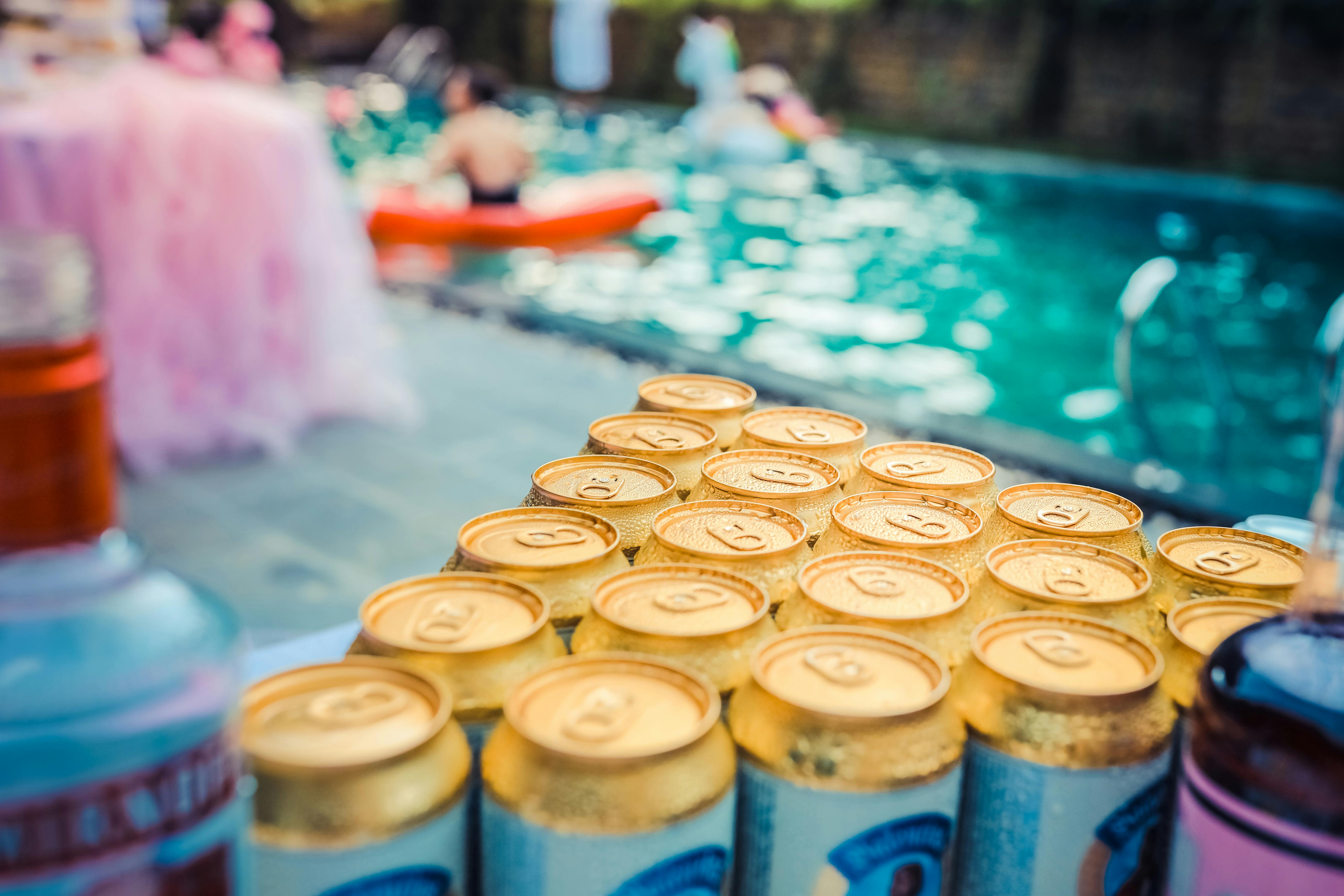Ever found yourself ready for a ride, only to realize your bike tires are flat? Don’t worry, you’re not alone. Knowing how to pump your bike tires is an essential skill that keeps your rides smooth and safe.
Understanding Bike Tire Pressure
Proper tire pressure ensures smooth rides and prevents flats.
Types of Bike Tires and Their Ideal Pressure
- Road Bike Tires: Ideal pressure is 80-130 psi. Higher pressure reduces rolling resistance on smooth surfaces.
- Mountain Bike Tires: Ideal pressure is 30-50 psi. Lower pressure provides better traction on rough terrain.
- Hybrid Bike Tires: Ideal pressure is 50-70 psi. Balances speed and comfort on mixed surfaces.
Importance of Regular Air Checks
Regular checks extend tire life. Under-inflated tires increase punctures and slow you down. Over-inflation risks tire blowouts. Check pressure before every ride, ideally with a gauge.

Choosing the Right Pump for Your Bike Tires
Picking the right pump is essential for maintaining proper tire pressure. The pump type and features affect ease and efficiency.
Types of Bike Pumps
- Floor Pumps: Provide high air volume. Suitable for home use. Includes pressure gauges.
- Hand Pumps: Portable. Ideal for emergencies. Limited air volume.
- CO2 Inflators: Compact. Use CO2 cartridges. Good for quick fixes.
- Valve Compatibility: Ensure the pump fits Presta or Schrader valves.
- Pressure Gauge: Provides accurate readings. Easier to monitor pressure.
- Durability: Look for sturdy materials. Lasts longer under frequent use.
- Ease of Use: Check for ergonomic design. Simplifies the pumping process.
Choosing the right pump and features ensures maintaining proper tire pressure is quick and efficient for any bike type.
Step-by-Step Guide on How to Pump Bike Tires
Pumping bike tires correctly ensures optimal performance and safety. Follow these steps to maintain proper tire pressure.
Identifying Valve Types
Bike tires typically feature either Schrader or Presta valves. Schrader valves are wider and commonly found on car tires; Presta valves are narrower and typically on road bikes. Check your valve type before choosing your pump.
Setting Up Your Pump
Choose the pump that matches your valve type. Attach the pump head securely to the valve. For Schrader valves, press down until it clicks. For Presta valves, unscrew the top and then attach the pump head. Ensure there’s no air leakage.
Pumping the Tire to the Correct Pressure
Locate the recommended pressure range on your tire sidewall. Use the pump gauge to inflate to this range. Pump steadily and check the gauge frequently. Stop when the tire reaches the correct pressure to avoid over-inflation.
Troubleshooting Common Issues
Sometimes, issues can arise when pumping bike tires. Below are solutions to two common problems you might face.
Dealing with Leaky Valves
Check if the valve is tightly secured. Loose valves often cause leaks.
Inspect the valve for damage. Replace it if you find any.
Use soapy water to identify leaks. Bubbles indicate air escaping.
Ensure your pump head is firmly attached. A loose connection can lead to leaks.
What to Do If the Tire Won’t Inflate
« Discover the Top 10 Best Trees for Privacy: Boost Your Property Value and Enjoy Year-Round Seclusion
Top 10 Best Patio Umbrella and Stand Combos for Ultimate Summer Comfort »
Confirm the pump is compatible with your valve type. Adapters may be needed for different valves.
Check for blockages in the valve. Dirt or debris can prevent air flow.
Ensure the pump head is securely attached. A poor connection can impede inflation.
Verify the pump is functioning correctly. Test it on another tire to rule out defects.
By following these steps, you can resolve common issues and keep your bike tires properly inflated.
Conclusion
Keeping your bike tires properly inflated is essential for a smooth and safe ride. With the right tools and a bit of know-how, you can easily maintain optimal tire pressure. Regularly check your tire pressure, use the right pump, and follow the step-by-step guide to keep your tires in top shape. Don’t forget to address any issues promptly to avoid bigger problems down the road. Happy cycling!














